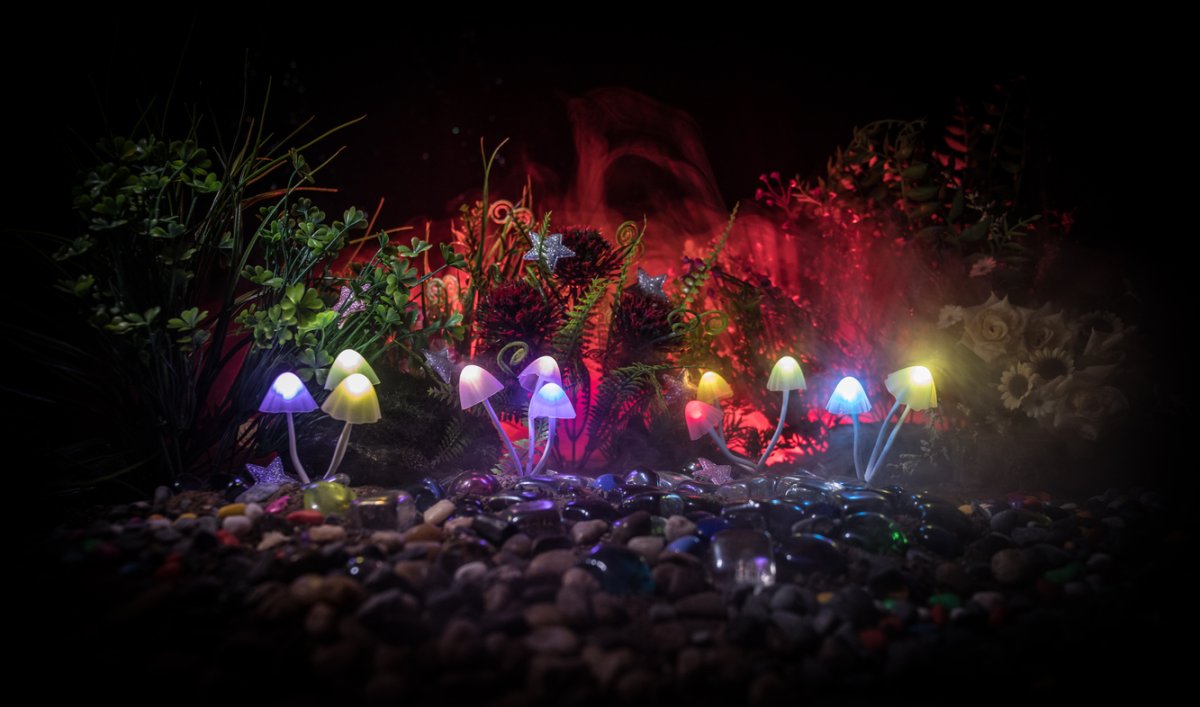

We may earn revenue from the products available on this page and participate in affiliate programs. Learn More ›
According to the Garden Media 2024 Garden Trends report, the future of horticulture is bold, forward, and bright on many levels . The current and growing interest in all things science fiction led to the creation of the term hortifuturism. “From the Philadelphia Flower Show’s recent ‘The Garden Electric’ theme to TeamLab’s mind-bending international horticultural exhibitions, a hortifuturism movement is happening, and it feels and looks a lot like science fiction,” says Katie Dubow, president of Garden Media Group.
One way to hop on board is to create a garden that exemplifies sci-fi. Dubow notes, “The key to a successful hortifuturistic garden is not about creating a stark, dystopian future, but a vibrant, bright landscape design for gardens that light up at night.” To create this vibe, she recommends adding neon objects and lighting; incorporating elements that reflect the moonlight; and choosing plants that have an otherworldly or futuristic appearance, such as succulents, air plants, and unusual head-turning plants. Here are some specific ways to transform a garden into a sci-fi haven.
Alien-Like Plants
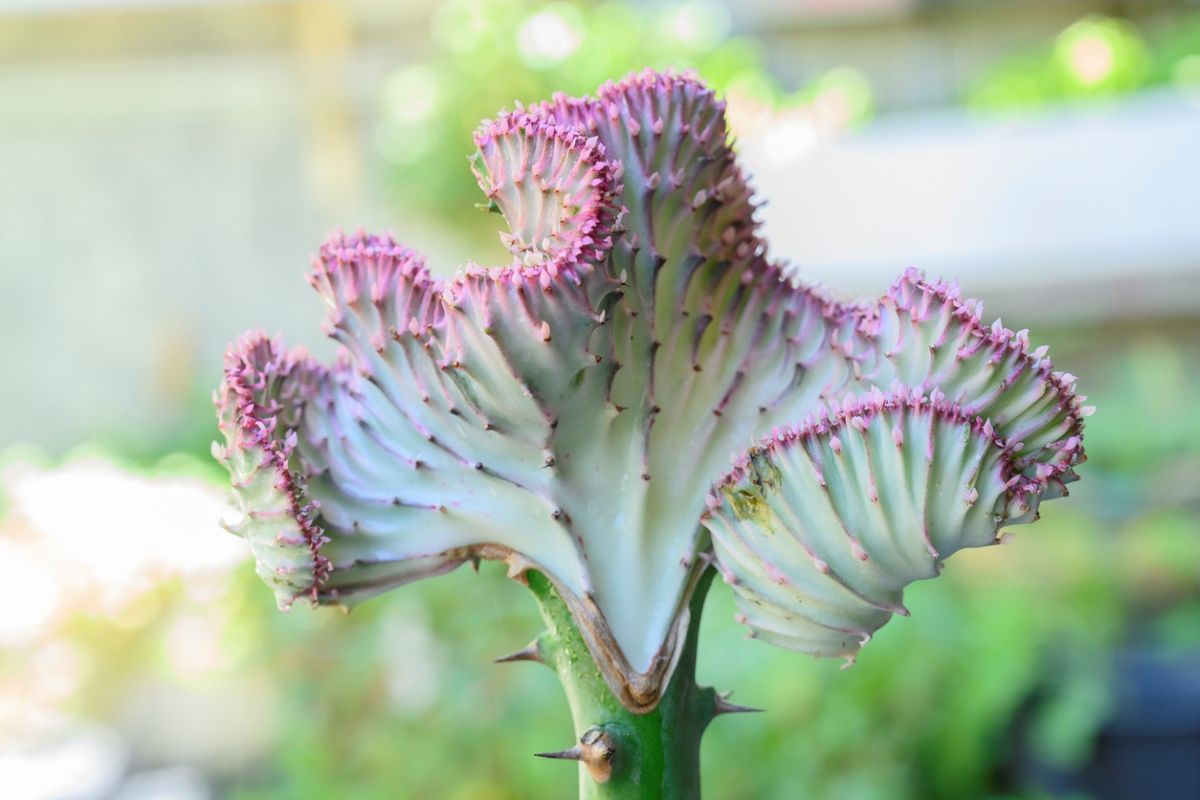
Nothing could be more sci-fi in a themed garden than foliage that looks like aliens from outer space. The following are out-of-this-world options: bird’s nest fern (Asplenium nidus), staghorn fern (Platycerium bifurcatum), century plant (Agave americana), flowers like Osteospermum ‘White Spoon’, and crested euphorbia (Euphorbia lactea). Other unusual succulents like any of the echeverias, moonstone succulent (Pachyphytum oviferum), Haworthia cooperi, and Trachyandra tortillis will also make people wonder if a UFO recently touched down.
RELATED: What Is a Pocket Garden and How Can I Make One?
Elements that Reflect the Moon
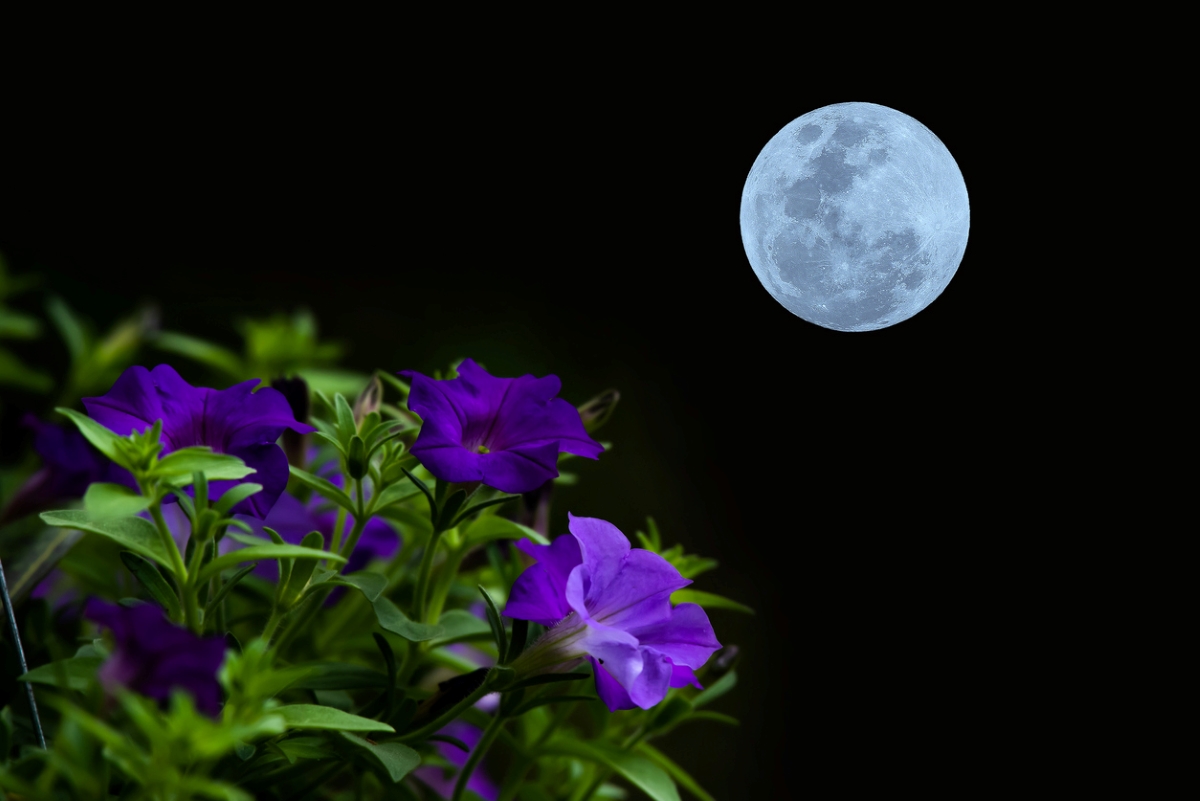
Capture the essence of space by incorporating items that reflect the moonlight. Create a moon garden concept by including decorative lawn accessories like gazing balls, water features, and light-colored stonework. Choose plants that reflect moonlight, such as white flowers, silvery foliage, and night-blooming plants.
Consider planting white roses, white hydrangea varieties, viburnums, sweet alyssum, dahlias, Shasta daisies, and white annuals like petunias. Plants with silver hues include lambs’ ears (Stachys byzantina) and varieties of artemisia such as Artemisia schmidtiana ‘Silver Mound’ or mugwort (A. vulgaris). Finally, look for night-blooming flowers like primrose (Primula vulgaris), moonflower (Ipomoea alba), foamflower (Tiarella cordifolia), tuberose (Polianthes tuberosa), mock orange (Philadelphus pubescens), and night-blooming jasmine (Cestrum nocturnum).
RELATED: 25 Shade-Loving Plants for Where the Sun Don’t Shine
Neon-Colored Foliage and Flowers
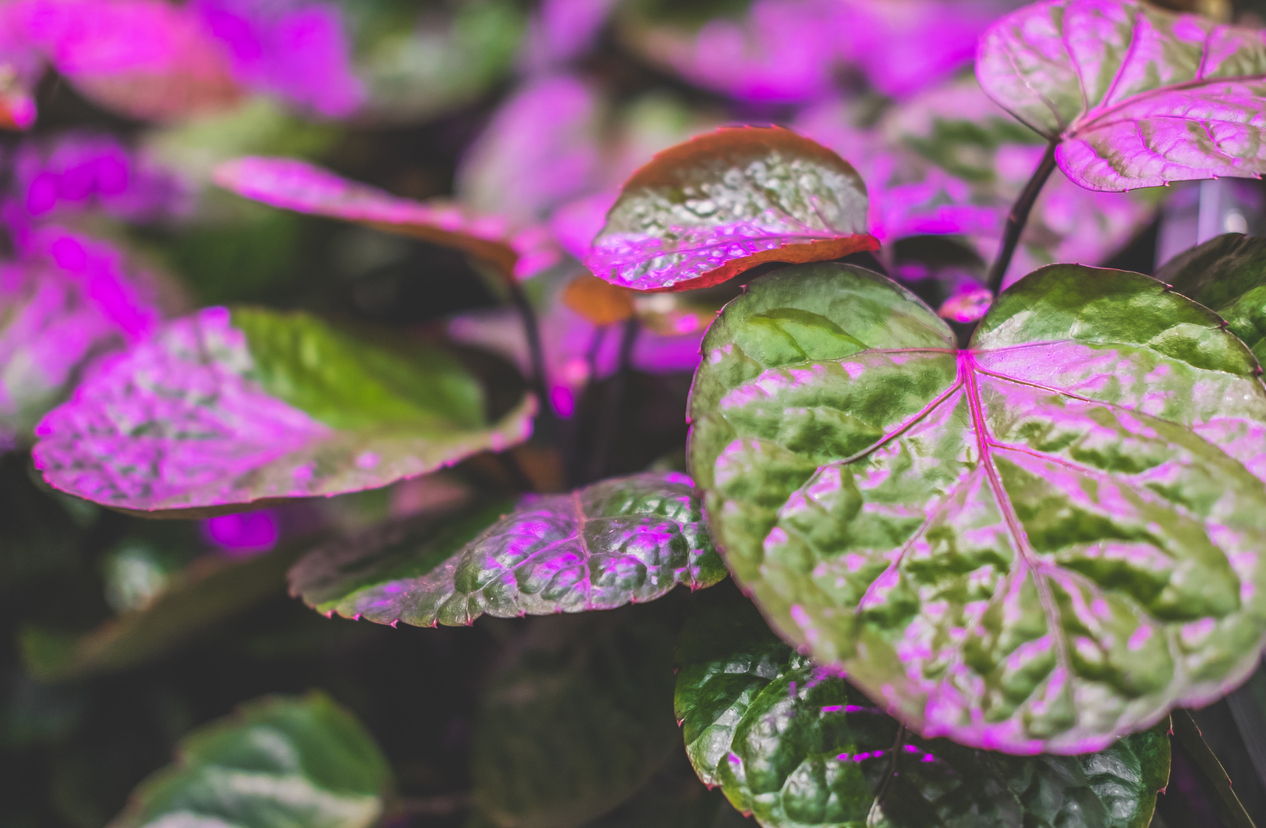
Neon colors like electric blue and lime green also exemplify a futuristic scene. Add some plants with leaves or flowers that have bright, neon-like colors. Examples are Japanese forest grass (Hakonechloa macra), coconut lime coneflower (Echinacea purpurea ‘Coconut Lime’), strawberry ice succulent (Echeveria ‘Strawberry Ice’), key lime coral bells (Heuchera ‘TNHEU042’ Dolce Key Lime Pie), stinking hellebore (Helleborus foetidus ‘Gold Bullion’), or neon pothos (Epipremnum aureum ‘Neon’).
Neon shrubs include lemon-lime nandina (Nandina domestica ‘Lemon-Lime’), sunshine privet (Ligustrum sinense ‘Sunshine’), or goldmound spirea (Spirea japonica ‘Gold Mound’). Coral Bark Japanese maple (Acer palmatum Sango-kaku’) is a tree with reddish bark and yellow leaves in fall. Queeny lime zinnia (Zinnia elegans ‘Queeny Orange Lime’) is an annual option for containers or beds.
RELATED: 30 Plants That’ll Bring Color to Your Yard This Fall
Glow-in-the-Dark and Neon-Colored Lighting
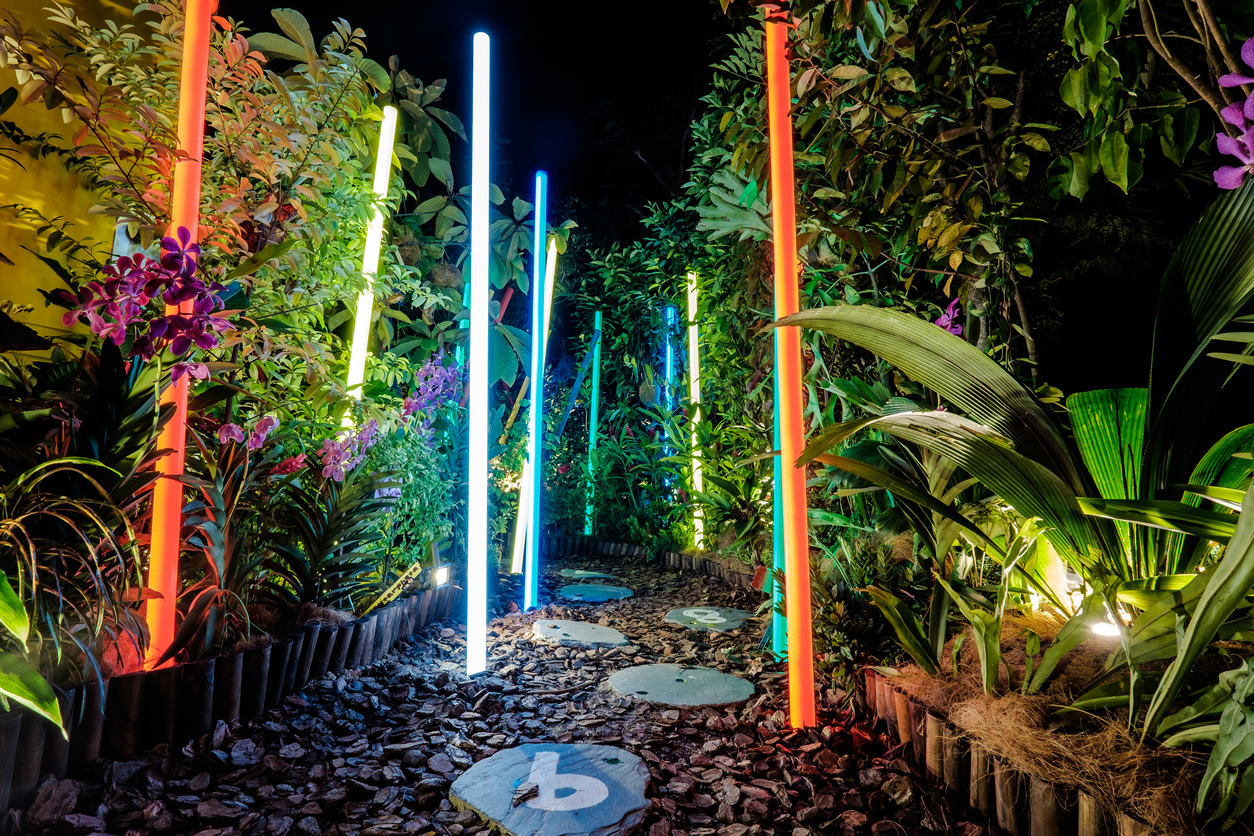
Another way to add neon to a sci-fi garden is to use features that glow in the dark and provide a pop of vibrant color. Place neon-lit solar planters around the garden and add string or rope lights along pathways. Enhance water features like fountains or ponds by adding bright underwater neon lights. Install LED lights with a blue or purple hue to mimic the lighting often seen in sci-fi movies. Finally, incorporate glow-in-the-dark elements with paint or products for an extra futuristic touch.
RELATED: Beware of These 14 Pests That Only Come Out at Night
Bright Variegation
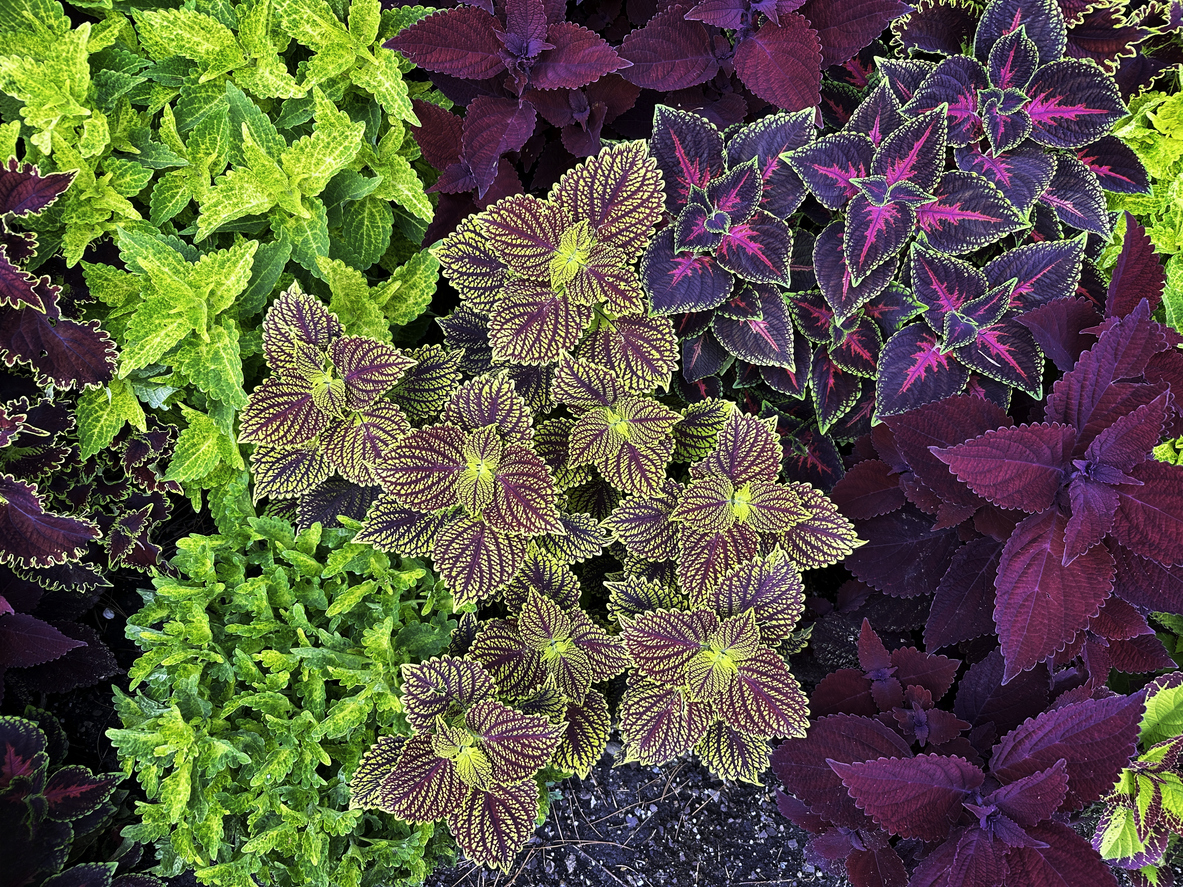
Look for plants with different types of variegation. Variegated plants have multicolor leaves that typically feature one solid color plus an accent color. The color variation results from a lack of chlorophyll in some of the plant’s cells that occurs due to genetic or random cell mutation. Common color combinations include contrasting shades of green, yellow, pink, red, purple, and white.
Variegated foliage is particularly eye-catching since the color patterns can appear as stripes, spots, blotches, borders, or random sections. What’s more, the colors and patterns can shift depending on how the light hits the leaves. White-and-green variegation looks great in a sci-fi garden since the luminous white stands out both during the day and at night. Try variegated red twig dogwood (Cornus alba ‘Elegantissima’), spotted nettle (Lamium maculatum ‘Variegatum’), kaleidoscope abelia (Abelia x grandiflora ‘Kaleidoscope’), moonshadow wintercreeper (Euonymus fortunei ‘Moonshadow’), and evergreen variegated boxwood varieties.
RELATED: 15 Types of Boxwood Shrubs Every DIY Landscaper Should Know
Star-Flecked Plants
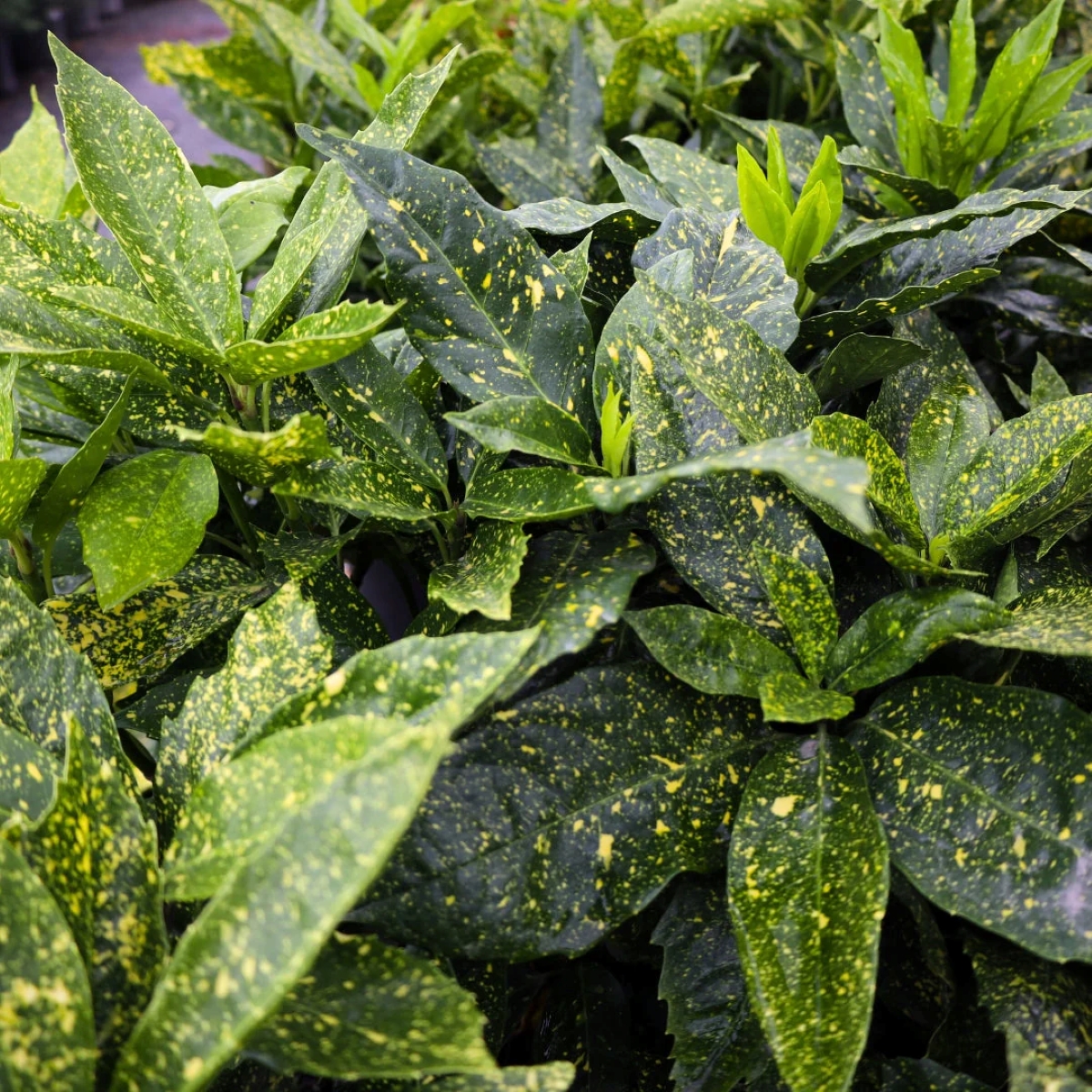
Create a futuristic starry night scene by planting some greenery with speckled patterns. Look for the gold dust plant (Aucuba japonica ‘Variegeta’), cast-iron plants like Aspidistra daibuensis ‘Yushan Galaxy’ or A. elatior ‘Ginga Giant,’. Add stunning star-flecked annuals like Night Sky Petunia or Starry Sky petunia to summer containers and beds.
RELATED: 15 Secret Ingredients to Make Your Garden Grow
Air Plants
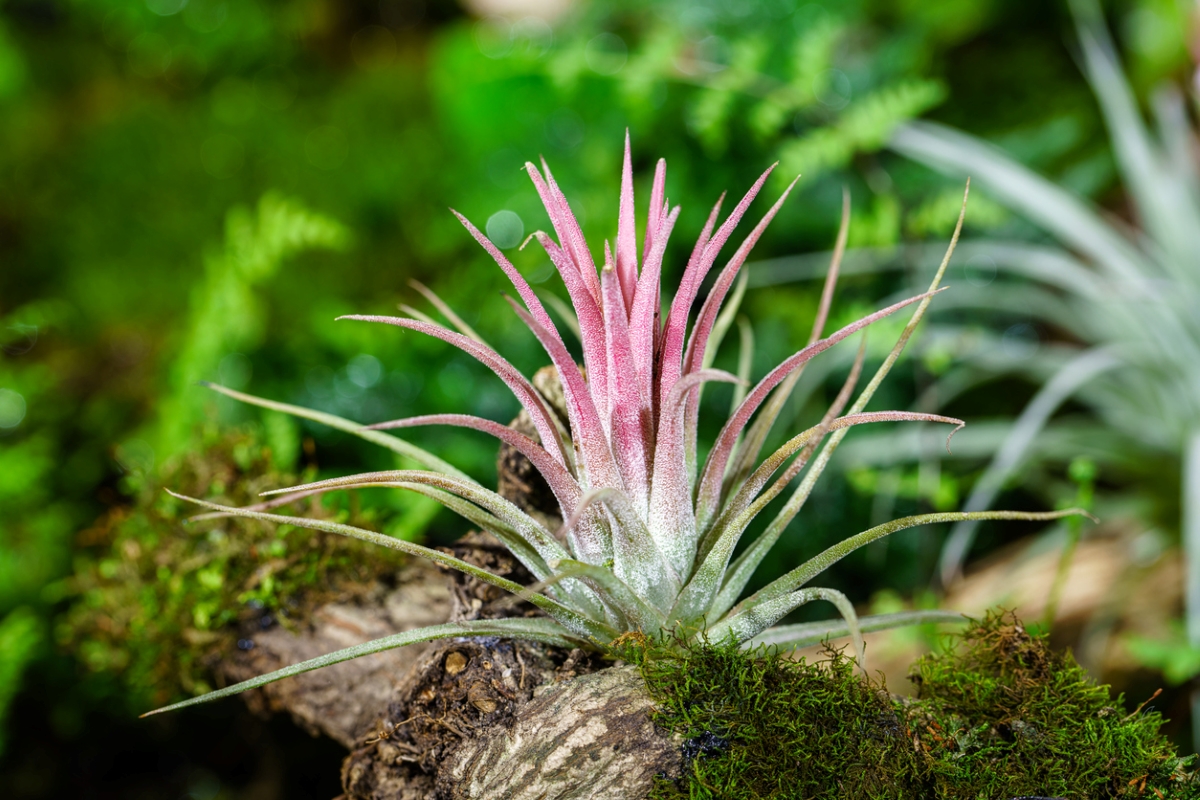
Spreading some air plants around the garden can also add to the sci-fi imagery. Air plants, or tillandsias, are easy to care for since they need no soil to grow and get nutrients from the moisture and dirt fibers floating in the air. With hundreds of air plant species from which to choose, plenty have otherworldly shapes. Popular air plants to consider in a sci-fi theme include sky plant (Tillandsia ionantha), T. ionantha maxima, T. aeranthos, T. chiapensis, and T. capitata ‘Peach’.
RELATED: 10 Plants You Can Grow Without Soil
Smart Tech

Another way to look and feel on the cutting edge is to tap into smart tools and technologies to power the garden. Consider integrating technologies like a smart irrigation system, solar-powered LED displays, smart plant sensors, and even a robotic lawnmower or weeding robot for a true futuristic feel (and function).
RELATED: The 30 Best Gifts for Gardeners That They’ll Actually Use
Futuristic Garden Furniture
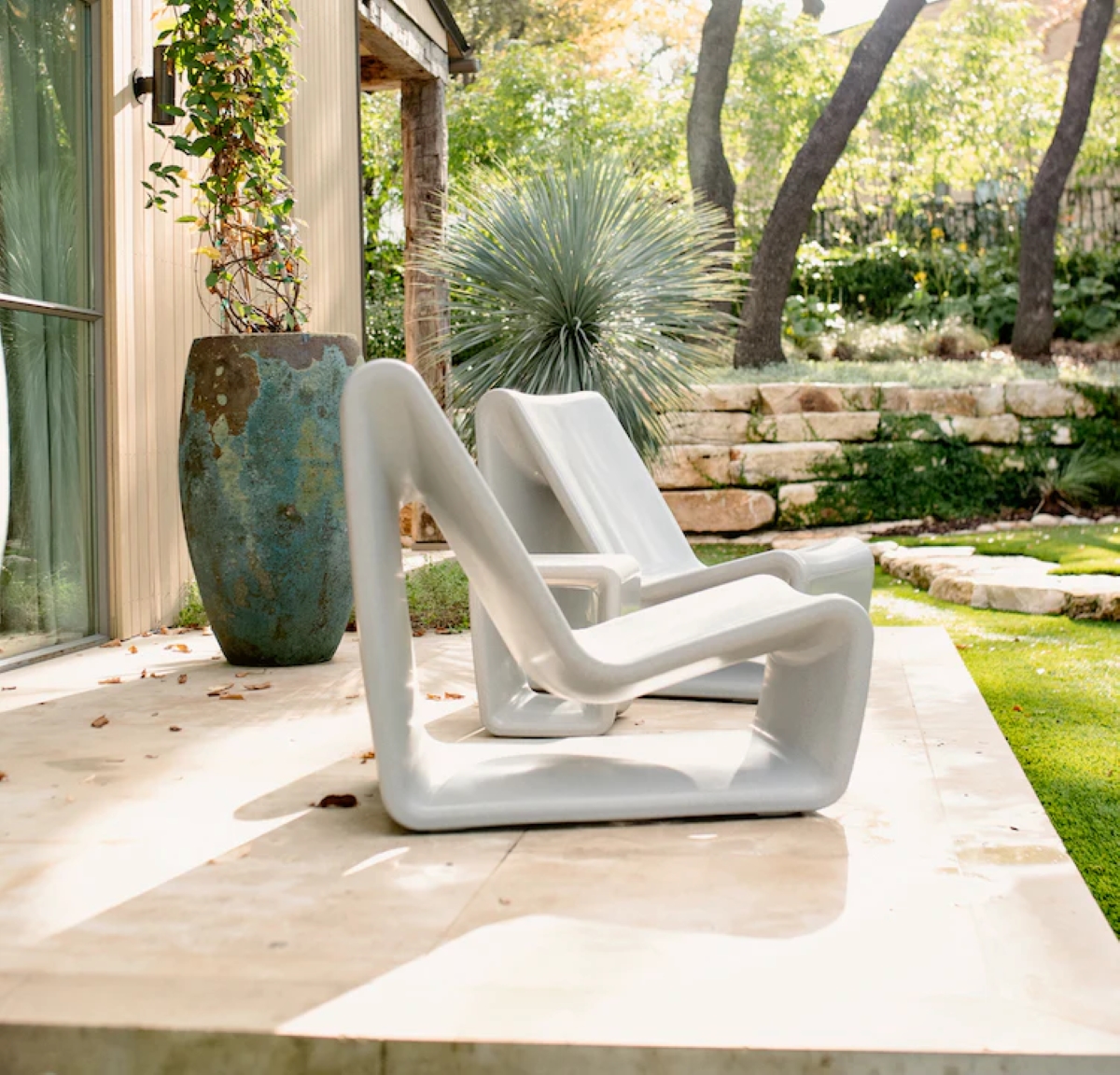
Finally, top off the hortifuturistic garden with modern, sleek, and minimalist furniture to enjoy the whimsical ambiance. Think bright finishes, clean lines, sustainable materials, ergonomic designs, and glowing accent stools.
RELATED: 45 Backyard Landscaping Ideas for Creating the Ultimate Outdoor Living Space
